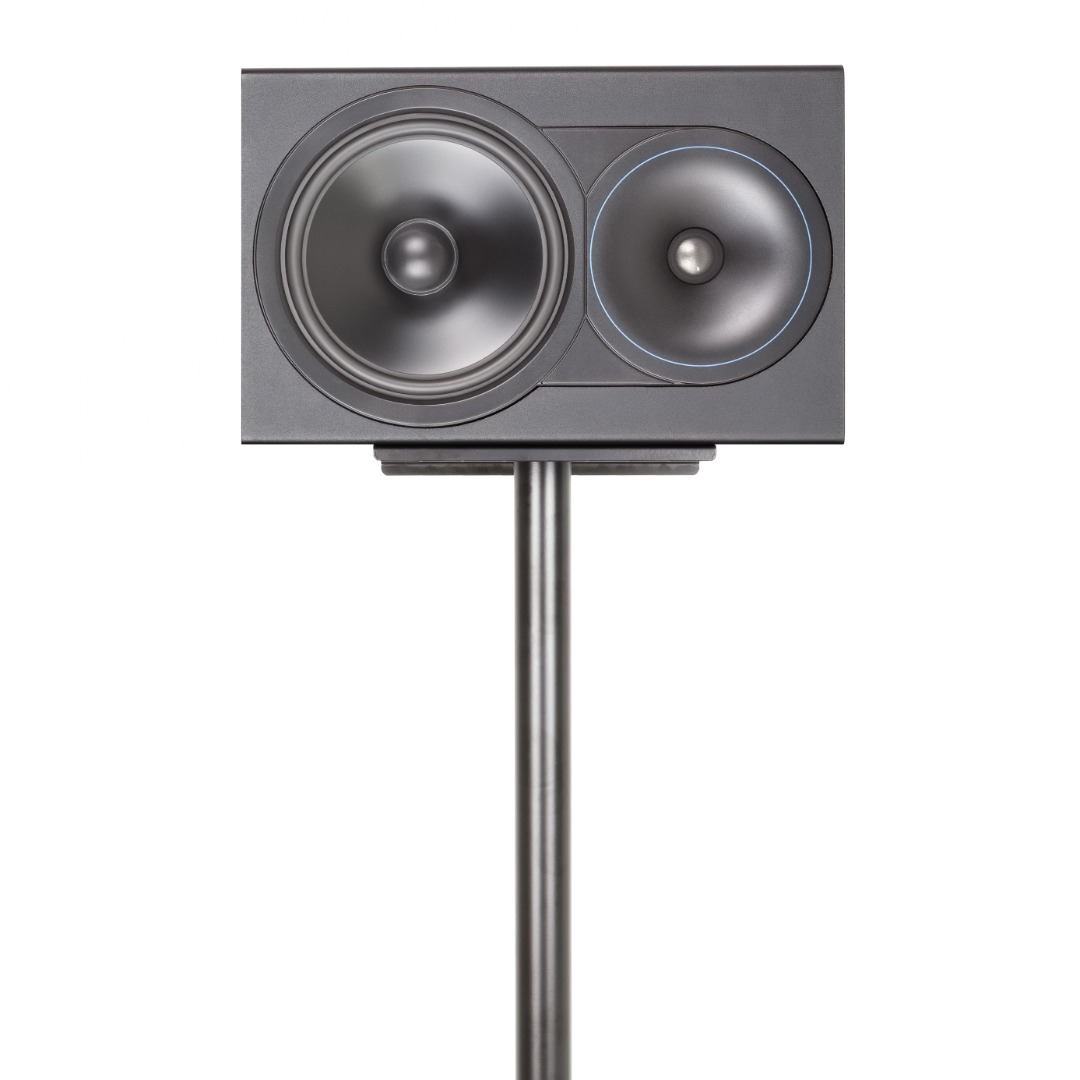As an Amazon Associate I earn from qualifying purchases
Often times when you are buying speakers at a store they will recommend that you bundle your speakers with a set of speaker stands.
On the surface, this seems like a good idea as stands could potentially add less clutter to your living area and allow for less audio distortion when you are playing music/movies, etc..
However, some claim that speaker stands can dampen low-frequency sounds playing through your speakers, is this true?
Do Speaker Stands reduce bass? Speaker stands reduce bass if the speakers are not designed to be on stands.
Speakers set on stands can wobble if they are not the proper weight and this can muddle the sound.
However, stands are more likely to increase bass response for most speakers as they limit audio distortions and raise the speakers to ear level.
In this blog post I will further explain why speaker stands do not necessarily reduce bass as well as why you should buy some for your speakers.
I will describe in detail why speaker stands will help with the sound quality of your speakers and how much they will cost for good quality stands and where to place them for optimal sound quality.
Stands are a good choice for speakers
One of the biggest benefits of speaker stands is that they will allow your speaker to be situated in a position that limits vibration which can cause deterioration of the sound quality.
They essentially decouple the speakers from the floor and raise them to the optimal height, which is ear level.
If you want big booming bass with vibrations then maybe stands aren’t for you, if you have extremely high-powered speakers and you crank up the bass response beyond the recommended level then it is likely the stands could vibrate and wobble which would cause a detrition in sound quality, especially when it comes to low-frequency sounds.
However, you can actually increase the quality of the bass response if you have speaker stands because there won’t be any distortion or blocking of the low-frequency sound waves.
If you have limited floor space and can’t see yourself having stands in the room then you may be tempted to place your speakers on bookshelves, a cabinet, or desk stands.
Obviously, speaker stands are better and provide a more optimal choice for sound but these options are viable if you do not have room to place your speakers.
Stands are better than the alternative
Speaker stands often beat the alternatives of leaving your speakers on the floor or on a bookshelf, desk or cabinet.
If you do this you will have significant distortion and the sound quality will be muddled.
Having stands will also protect your speakers from small kids roaming around your house or liquid being spilled, which would be a disaster if your speakers were on the floor.
Stands also look better and have a sleeker design than just placing a speaker on open furniture.
I should mention that bass output could be boosted if you put your speaker on a stand but it depends.
For example, it’s not recommended you put a subwoofer on a stand, you really have to research your speaker and make sure if a stand is recommended or not.
To get a stand that properly suits your speakers, one of the most important elements of a stand is it’s weight, will it be able to support the weight of your speaker?
If it can not then you will see the speaker shake and wobble around and this will cause the sound quality to deteriorate.
However, speaker stands are the way to go in my opinion if you can’t mount your speakers to a wall, the height of your speakers is crucial, especially for the rear channels.
These stands (paid link) are a good starting point, although if you can get a stand that directly corresponds to the product or brand you are using than that is always recommended.
Avoid corners and the wall
When determining where to place your speaker stands don’t forget to avoid putting them in the corners and try not to have them too close to the wall behind you.
Putting speakers in the corners will cause audio vibration and it will bounce off multiple walls before it reaches your ears which is not good.
Generally speaking, keep your speakers at least 3 feet away from the nearest wall.
Also make sure that your speakers are far enough from each other, for bookshelf speakers you want them to be at least 4 feet away from each other.
If your speakers are too close to each other they will drown out the sound and be blended together. However, you also don’t want the speakers too far apart.
Speakers with lots of low frequency can be raised off the floor
This is common with subwoofers, you can get isolation pads that decouple the sub from the floor and decrease vibrations and reflections.
Traditional wisdom claims to keep your sub on the floor but it depends on the acoustics of your room and what type of flooring you have.
A big part of speaker placement and sound quality is the acoustics of your room.
How much should I spend on speaker stands?
Generally speaking, you can expect to spend anywhere from $70-$300 on good-quality speaker stands.
You will want to make sure that they are heavy enough to hold your speakers without tilting or wobbling, you also want minimal vibration.
You can fill your stands with things like sand if you ever need to increase the weight and stability of the stand after the fact.
Conclusion
Speaker stands can reduce bass which is why it is always important to research your speakers to determine if stands are recommended with the product.
Generally speaking, it is a good idea to decouple speakers from the floor and have them at your ear level as this will eliminate audio distortion and vibration.
You will be surprised by how much better the sound is when you do this. And in some cases, the bass response can even increase when speakers are put on stands.
Stands are also a good idea because they can fit in most living spaces and are less of an eye-sore than just leaving speakers around on a desk, bookshelf, or cabinet.


